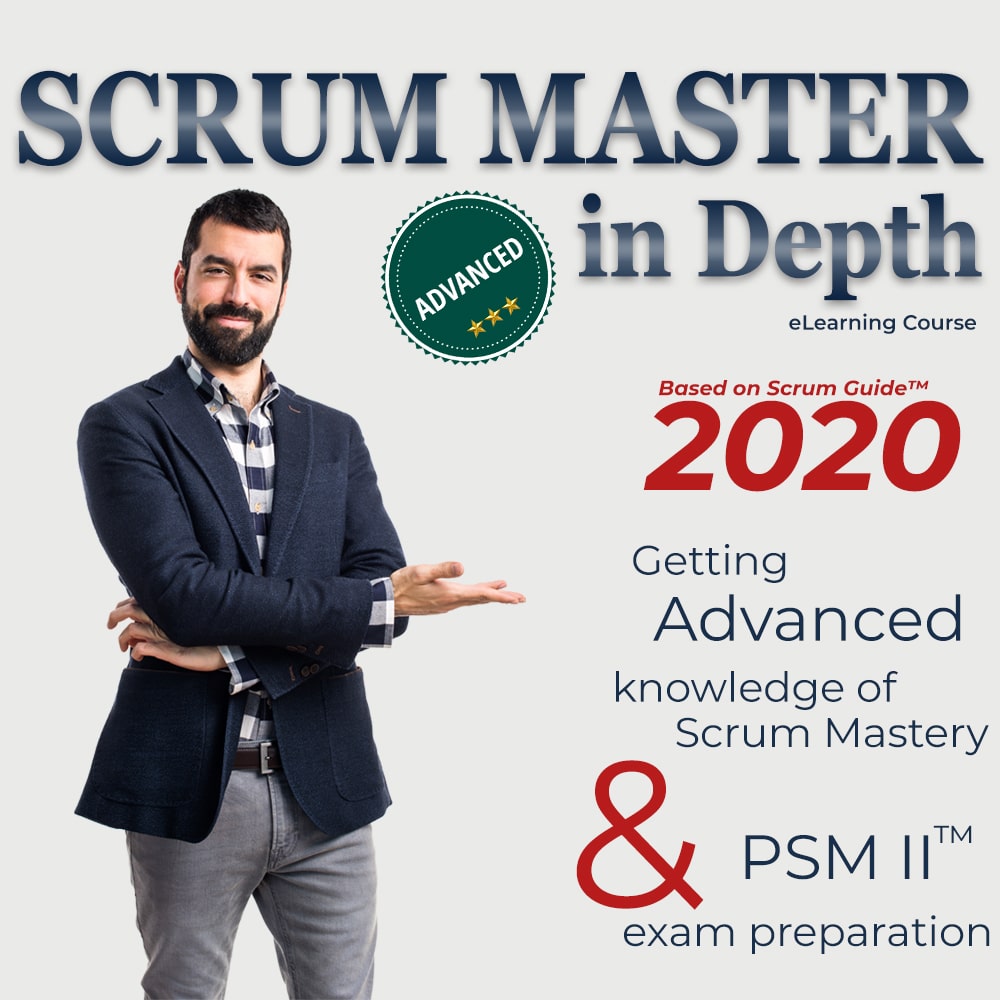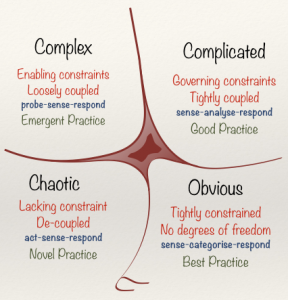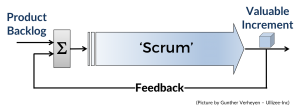As you know, Scrum contains three predefined roles: Product Owner, Scrum Master, and Development Team. In this blog post, we bring their responsibilities and characteristics:
Product Owner
A Product Owner has many responsibilities as following:
Maximizing value, creating Items in the Product Backlog, assigning value to the Items, ordering the Items, explaining the Items to everyone (developers/customer/ …), measuring project performance, contacting the customer, etc. Indeed he/she manages the Product Backlog.
In addition, a Product Owner has many characteristics as following:
Owns the Product Backlog, is always one and just one person, not a committee, can be influenced by others, is respected by everyone, can delegate some their responsibilities, full-time or part-time job, can be the Scrum Master or a member of the Development Team at the same time, etc.
If you want to take the PSM I exam, don’t miss the “Scrum Master Training Manual“

Scrum Master
A Scrum Master has many responsibilities as following:
Taking care of the Scrum framework, ensuring Scrum is understood by everyone, ensuring Scrum is enacted, helping others to find techniques, may facilitate the events if required or requested, facilitating the team’s decision making, removing Impediments, working with other Scrum Masters, helping the organization to adopt Scrum, teaching time-boxing to the Team members, ensuring the Product Owner spends enough time with the Development Team and stakeholders, promoting self-organization and cross-functionality, etc.
In addition, a Scrum Master has many characteristics as following:
One Scrum Master for each Team, servant leader, a manager (not managing people but managing Scrum process), not a project manager, not a team leader, full-time or part-time job, can be the Product Owner or a member of the Development Team at the same time, etc.
Development Team
A Development Team has many responsibilities as following:
Developing and creating Increments, estimating the Product Backlog Items and tasks, selecting Items for the Sprint Backlog, decomposing selected Product Backlog Items into tasks, measuring Sprint performance and productivity, calculating velocity, resolving team internal conflicts, composing/refining the DoD (Definition of Done), making technical decisions, etc.
In addition, a Development Team has many characteristics as following:
3-9 members, has no titles, preferably full-time, with no sub-teams, autonomous, self-organizing and cross-functional.
Scrum School: Empowering Scrum Practitioners
We help people to pass the Scrum.org exams with more confidence






